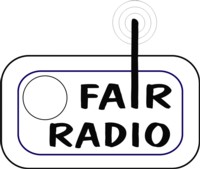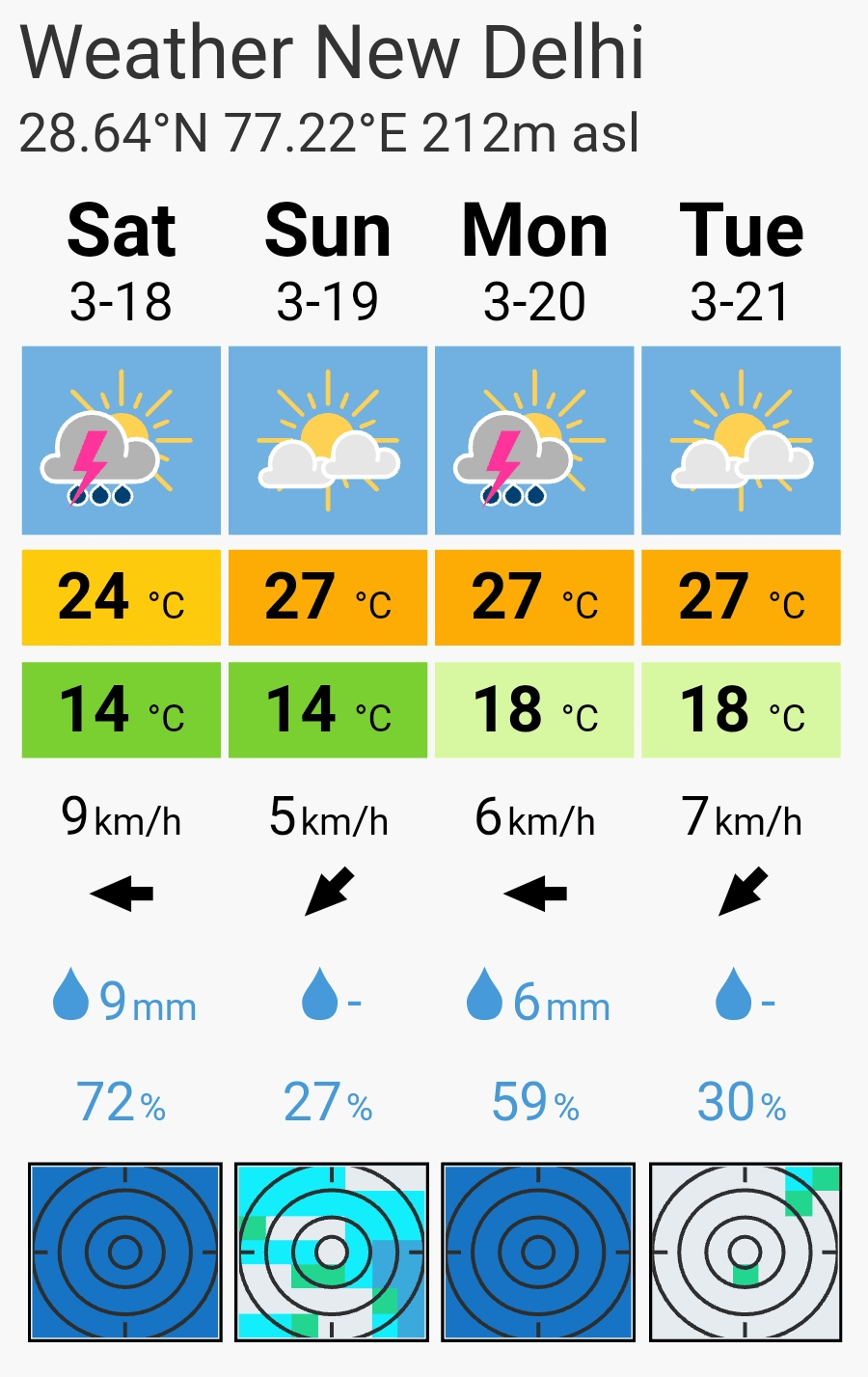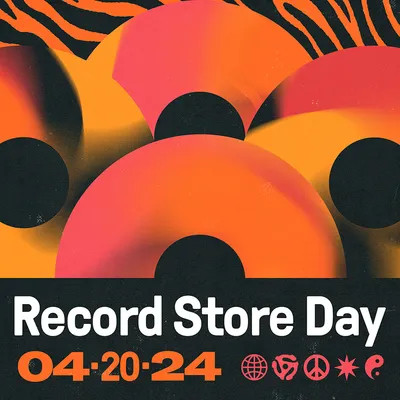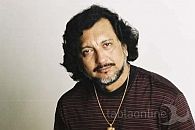From India to Europe… FestivalReport (part 1)
– The World of Indian Rhythms… Tabla Solos @ Darbar South Asian Music Festival 2006
The promotion initiative “IMC – India meets Classic” presents during India’s festival season (December – February) it’s special feature of two hours broadcasting (part 1 and 2): “From India to Europe – FestivalReport“.
The FestivalReport is set under the topic “World of Indian Rhythms” and attaches to the regular monthly show “Raga CDs of the months” with the topic “Tala – Indian Rhythm Cycles”.
With broadcasting on 15th January 2024 (03:00 pm EST / 09:00 pm CET @ TIDE Radio (and worldwide as webradio)) in part 1 we present in our special „Tabla Solos“ of three outstanding masters on the Tabla, the Indian drum pair of North Indian Classics (Hindustani music), a documentary of live recordings of the Darbar South Asian Music Festival (in 2006).
Founded in the year 2006 the Darbar South Asian Music Festival took place from 3rd till 5th March. Apart from a multiplicity of artists and singers of Indian Classics it was a platform for some of the most outstanding Tabla players of our time. All three have been accompanied by the Sarangi maestro Ramesh Mishra…
- Pandit Anindo Chatterjee, the outstanding representative of the Farrukhabad Gharana, one of six (6) Tabla schools (style of Indian drum play)
- Pandit Swapan Chaudhuri, representative of Lucknow Gharana and
- Pandit Kumar Bose, governor of the Benares Tabla Gharana.
Pt. Anindo Chatterjee | Pt. Kumar Bose | Pt. Swapan Chaudhuri
3 x Tabla Solos @ Darbar South Asian Music Festival 2006
India possesses a multiplicity of drums and percussion instruments. Among the oldest rhythm instruments for Indian classics ranks the Mridangam, a traditional drum. Its name already appears in the Rigweda in the 3rd pre-Christian millennium.
In North Indian Classics (Hindustani music) the Pakhavaj was established, a larger execution of the Mridangam. The Pakhavaj is characterized by a deep, full sound and a multiplicity of percussion techniques.
The Tabla is a kind of “splitted Pakhavaj/Mridangam”, a drum pair. The smaller drum, the Tabla is manufactured from wood. The deep sounding bass drum is called Baya and made of metal. Tabla and Baya both are covered with goat skin.
The Tabla player is equally soloist and accompanist for the main instrument or singer. A large range of compositorial forms are at the disposal to a Tabla maestro, he basis his improvisations on arranged independently within a raga performance and same supplementing the main instrument or vocalist.
d a t e s o f b r o a d c a s t i n g (part 1 and 2)…
Mon, 15th January 2024 – 03:00-04:58 pm EST (09:00-10:58 pm CET) @ TIDE Radio (DE)
(premiere: 18th January 2016 (4:00 pm EST / 10:00 pm CET @ TIDE Radio)
broadcasting plan | streaming (Internet Radio & Mobile Radio) | podCast
From India to Europe… FestivalReport (part 2)
– The World of Indian Rhythms… MRIDANGAM
In part 2 of our special we face the tabla with its compagnon, the Mridangam of South Indian Classics (Carnatic music)… with broadcasting on 15th January 2024 (4:00 pm EST / 10:00 pm CET @ TIDE Radio (and worldwide as webradio)).
The word „mridangam“ is derived from the Sanskrit “mrid” and means loam or earth and “ang” as the body. In former times mridangams were made of tempered clay/tone. In favor of the durability manifacturing developed to use different woods. Today the mridangam is considered as the typical representative of South Indian Classics.
The mridangam is seen as the instrument of the Gods – “Deva Vaadyam“. In ancient Hindu sculptures, painting and mythologies the Mridangam is described as the instrument selected by different divinities: Ganesha, the protector and Nandi, the companion of Lord Shiva.
With the development of the Mridangam same the rhythmic system of the Talas (or Taalams) progressed in South Indian music. The rhythmic structure of Hindustani music is defined in fixed patterns for a soloist on the Tabla, so called theka-s. In Carnatic music the musicians themselves count the beats by defined hand movements (waves) in a fixed speed. Thus the mridangist is more independent for his improvisational play.
The technical structure of the Mridangam offers particularly by the composition of two membranes and a shorter sustain (compared with the Tabla) a more complex spectrum and variety of harmonic sound.
During the 20th century the big maestros established so called Mridangam schools with different play techniques. Two outstanding schools are the Puddukottai and Thanjavur school.
Our listening examples on the Mridangam: Srimushnam V. Raja Rao, Sri Guruwayur Dorai, Chelvaraju, Sri Anantha Gopalakrishnan, Mannargudi A Easwaran… accompanied by Sri N. RaviKiran on the ChitraVeena, flute player Dr. N. Ramani, violinist Sri Mannu Ranjith and the vocalists Manasi Prasad and Dr. M. Balamuralikrishna.
Vocalist Dr. M. Balamuralikrishna (01/2008 – Kuthiramalika Palace, Thiruvananthapuram) | M. A. Easwaran | Sri G. Dorai (Mridangam)
The recordings are audio documents from the Harballabh Sangeet Sammelan, the Indian Music Festival in Farifax (California), the Salt Lake City Thyagaraja Festival (Utah University), the Chleveland Thyagaraja Festival, the Swathi Sangeethotsavam, Chembai Sangeethotsavam and Chennai Dance & Music Festival.
World-wide the Shree Baba Harballabh Sangeet Sammelan counts among the oldest festivals for North Indian Classics. On 25 December 2007 its 132 years anniversary was celebrated. Annually the Harballabh takes place on the last weekend in December in Jalandhar City. Already in the year 1919 Mahatma Gandhi – father of the Indian nation – visited the festival.
In the year 2007 the 10 days Thygaraja Festival of Music & Dance was organized 65th times in Thiruvaiyaru, in Federal State Tamil Nadu – South India.
Thyagaraja was born on 4th May 1767 and lived till 6th January 1847. He received his name after Lord Thyagaraja, the divinity of the temples in Thiruvarur. Thyagaraja belonged to the trinity of South Indian Classics, together with Muthuswami Dikshitar and Syama Sastri. Thyagaraja composed hundreds of songs, which usually praises the Hindu deity Rama.
Thyagaraja festivals were established at many places inf India and in the whole world, e.g. in Toronto, Colombo, Seattle (Unitarian Church University) or in Durban, the mekka for tourists in South Africa.
Salt Lake City in US federal state Utah had organized 1997 its 1st Thyagaraja Music Festival on the campus of the University of Utah. Over the years this annually music event in May has established itself as one of the outstanding festivals for Indian Classics outside of India – completely in the tradition of the Indian Sangeeta Sammelana-s.
The Cleveland Tyagaraja Aradhana is the largest festival for Indian classics in North America with more than 8000 visitors. In March 2008 (21st – 30th) the 10 days festival celebrated its 31st edition. It took place for the first time in 1978.
The Swathi Sangeethotsavam is organized by the Federal State Government of Kerala in acknowledgment of Swathi Thirunal Rama Varnam. The Maharaja Swathi Thirunal lived from 1813 till 1848.
The Swathi Sangeethotsavam takes place as a seven day event in the Kuthiramalika palace, close to the Thiruvanananthapuram City. At this place the “king of poets” composed many of his music pieces. As linguist and as regent of the Travancore dynasty Swathi Thirunal had affected the cultural development of Kerala very effectively and by his art work he had enriched both North Indian and South Indian Classics. The festival is dated annually from 6th till 12th January and has its programmatical emphasis on the performances of Swathi Thirunal compositions.
Since 1974 in the Guruvayur Shri Krishna temple (Thrissur, Kerala) anually takes place a music festival in memory of the singer Chembai Vaidyanathan Bhagawathar: the Chembai Sangeethotsavan.
The Chennai Dance & Music festival had its beginning in the year 1927 with the All India Music Conference. Concerts (Kutcheris) are organized by a network of hundreds of cultural organizations (Sabhas). All in front till today since the establishment of the festival stands the Madras Music Academy.
The Festival season of Chennai speaks for itself… from here the impulse for the entire South of India proceeds: retaining cultural traditions, equally for talent promotion and as engine of the music industry.
Some accoustical impressions…
…
…
…
…
…
…



























